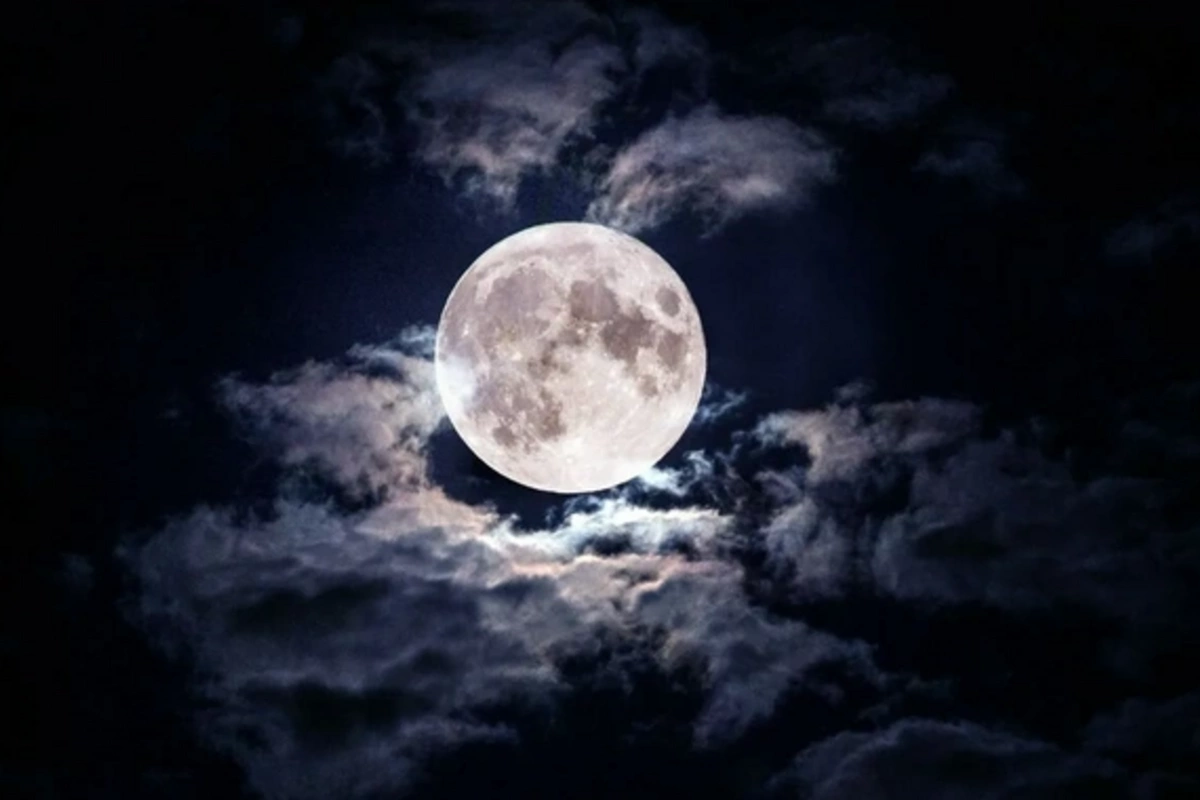04 Jun , 21:56
0

The Moon, which we are accustomed to considering barren and well-studied, has unexpectedly presented a surprise. The latest data from the Lunar Reconnaissance Orbiter (LRO), analyzed by NASA specialists, has revealed traces on its surface whose origin raises many questions. And, it seems, this is not the work of human hands.
Unnatural symmetry
A group of researchers led by astrogeologist Bradley Wilson discovered geometrically regular grooves and recesses in the lunar soil. Scientists claim that such forms could hardly have formed naturally — their precision and symmetry are too perfect for natural processes.
"We have carefully analyzed all possible scenarios, including tectonic activity and meteorite impacts," Wilson comments. "However, all the facts indicate that we are dealing with something different, of artificial origin."
Human trace excluded
Initially, experts assumed that the anomalies could have been left by previously launched spacecraft, for example, during Soviet or Chinese lunar programs. However, after careful verification of coordinates with official archives, it became obvious — the mysterious objects are located in areas that have never been visited by Earth missions.
Who could have left these traces?
Among the discussed theories, several of the most debated can be highlighted:
activity of an extraterrestrial life form;
a secret mission not made public by any country;
robotic devices launched during the period of geopolitical confrontation of the 20th century, about which no data remains.
Nevertheless, none of the hypotheses has yet been confirmed documentarily or technically, and debates continue.
What's next?
Researchers insist on launching a new mission to conduct a detailed survey of the mysterious zone. They are convinced that future research could radically change our understanding of the Moon — and possibly the cosmic history of humanity.
"We are on the threshold of a grand discovery. This could be a turning point in the history of space exploration," Wilson emphasized.
Meanwhile, the main question remains open: who left these traces, and why didn't we know about it until now?